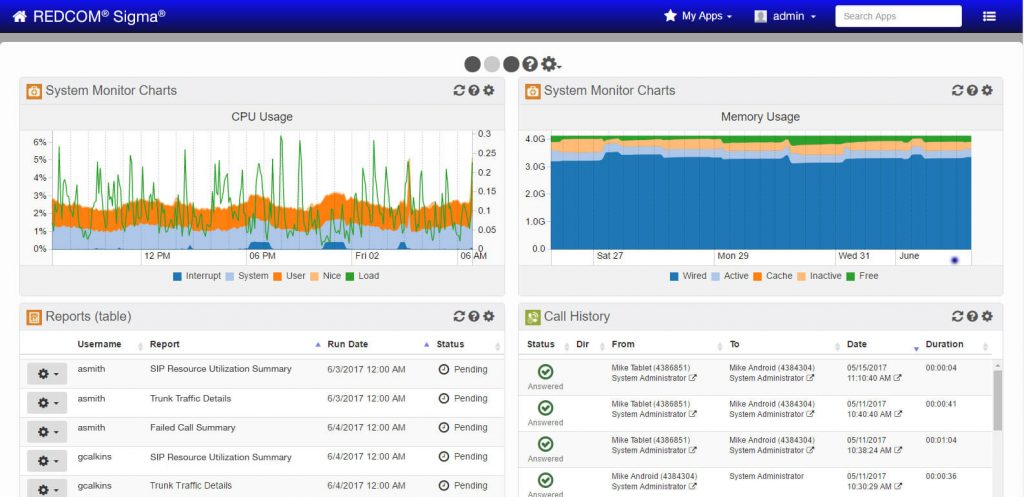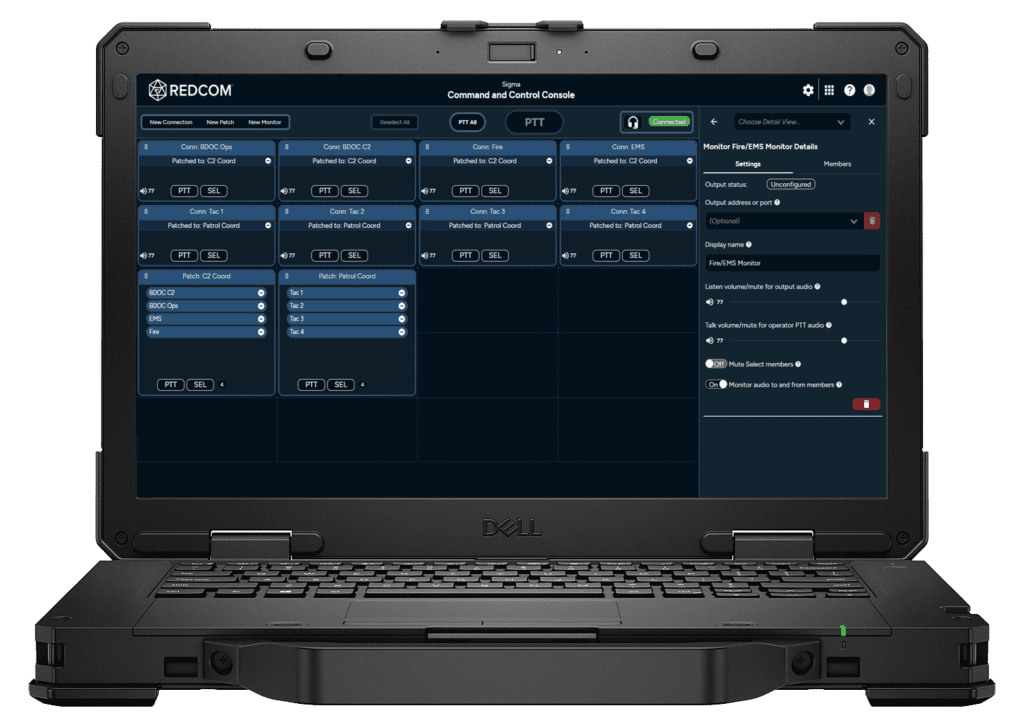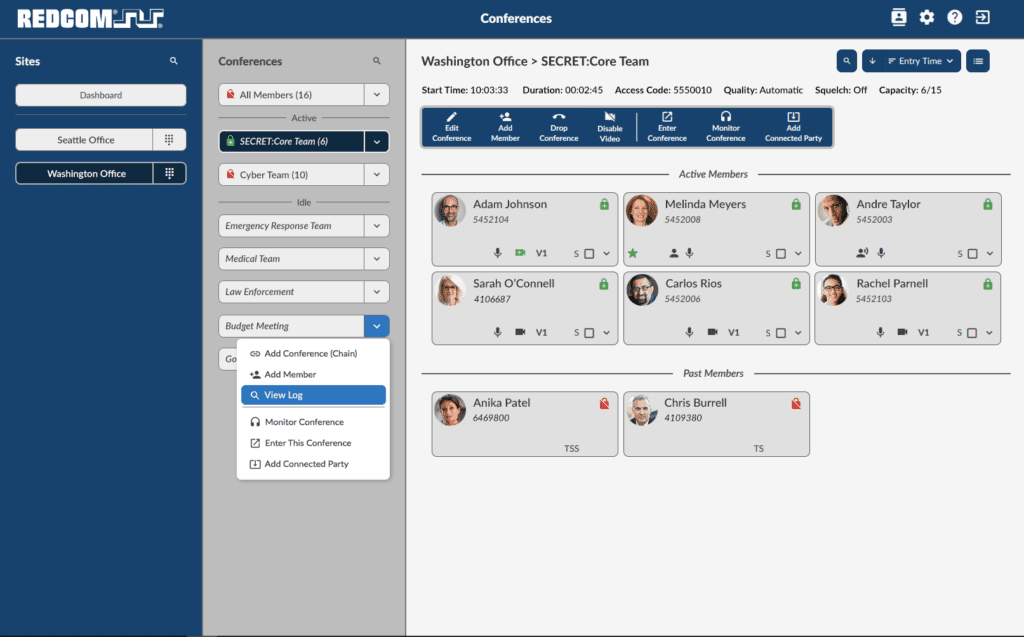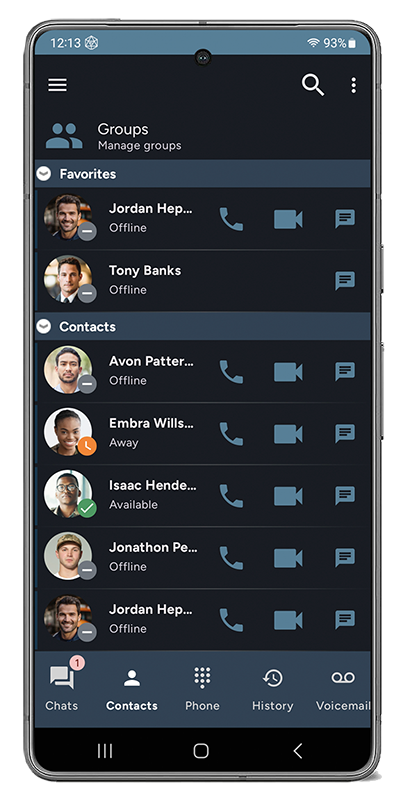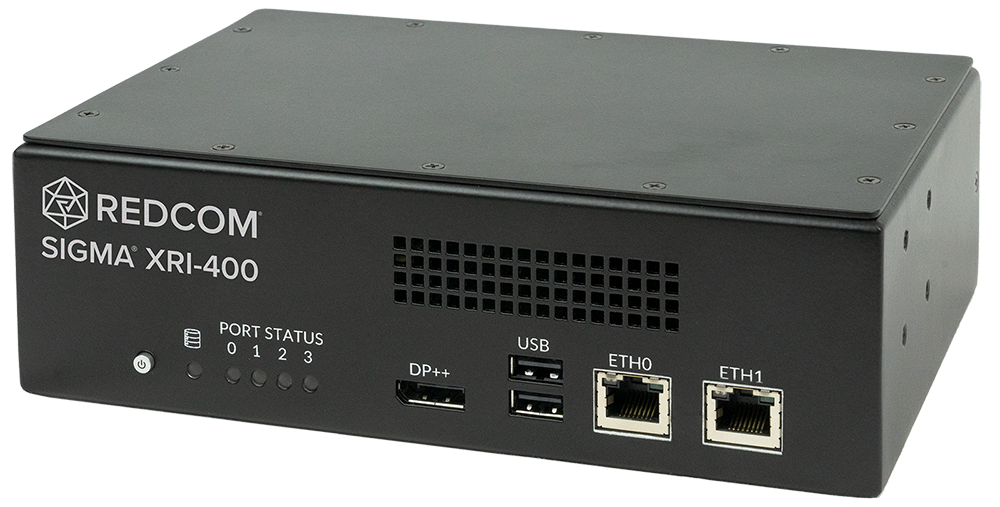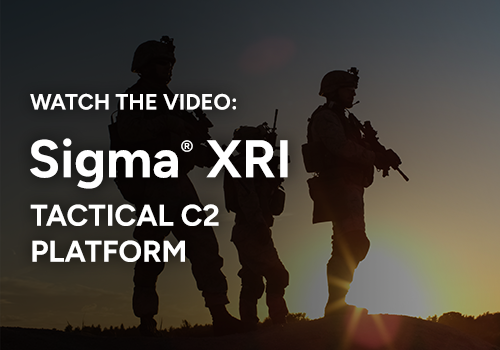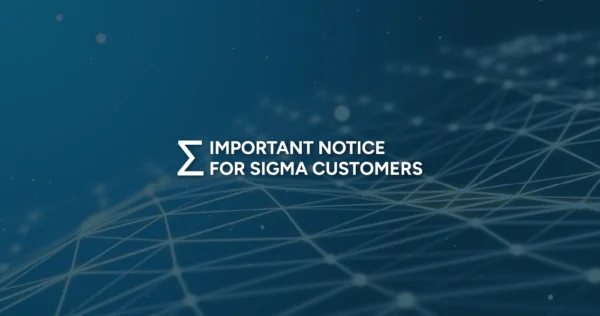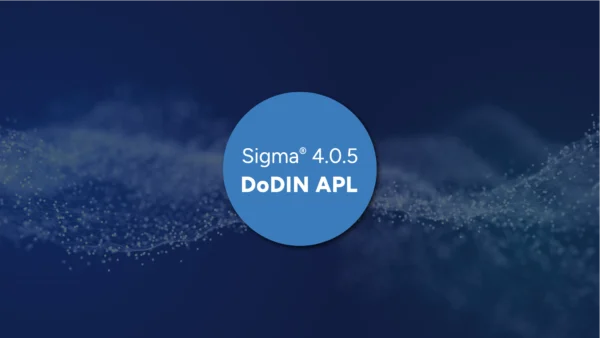TSM network overview
With the battlespace becoming more contested and congested, warfighters need reliable, flexible, and scalable RF communications. The TrellisWare® TSM™ Waveform is an advanced infrastructure-less, non-routing Mobile Ad Hoc Network (MANET) technology developed by TrellisWare Technologies, Inc. TSM enables true tactical agility with enhanced bandwidth, simultaneous voice and data, and Position Location Information (PLI).
The TSM Waveform is rapidly being adopted by the military due to its reliability in harsh RF environments such as subterranean tunnels or in and around urban buildings. As a TRL-9 technology, the TSM waveform has been deployed worldwide in highly challenging tactical environments, supporting U.S. and coalition partners in various critical missions. In fact, TSM support is already a threshold requirement for the U.S. Army and SOCOM.
The TSM waveform supports simultaneous voice and data, with dedicated bandwidth for each. Administrators can configure up to 32 voice talk groups on each TSM network that won’t interfere with, or be blocked by, data transmission. Think of a talk group as a single radio “channel” that can accommodate any number of TSM-enabled radios.
REDCOM Sigma Command & Control with TSM interoperability
REDCOM® Sigma® is a unified C2 platform with voice, video, chat, conferencing, and radio interoperability in a single platform. REDCOM Sigma 3.1 introduces integrated support for radio talk groups on a TrellisWare® TSM™ network. Combined with Sigma’s existing support for IP endpoints — and traditional RF devices on Sigma XRI — Sigma maintains its position as the premier command and control platform for the tactical edge.
Key Benefits:
- Reduces radio requirements by requiring only a single TrellisWare gateway radio to access the entire TSM network
- Extends voice talk groups beyond the TSM network by linking TSM talk groups with other analog radios and the rest of the C2 network
- For units that have adopted the TSM waveform, REDCOM Sigma enables these warfighters to maintain interoperability with other branches or coalition partners on alternate/legacy waveforms (e.g. VHF/UHF)
REDCOM TSM Network Support
REDCOM Sigma 3.1 includes native interoperability with TSM talk groups. A simple IP connection to a TrellisWare gateway radio followed by quick setup in Sigma is all that is required, providing Sigma with access to all of the talk groups on a TSM MANET network. Because each talk group is a virtual radio network, REDCOM Sigma treats each talk group as its own independent radio net. This greatly reduces radio requirements at the tactical edge, since only one TrellisWare gateway radio is required for Sigma to access talk groups throughout an entire TSM MANET network.
On REDCOM Sigma XRI-400, since the connection to a TSM network is via IP, this does not use up one of the XRI’s four analog radio ports. This means a single Sigma XRI unit can bridge any number of IP endpoints with up to four analog radio nets and all available TSM talk groups on a single TSM MANET network.

REDCOM C2 Console and TSM network integration
The REDCOM C2 Console provides operators with a single pane of glass to monitor and control all communications within the tactical C2 network, including both SIP and radio endpoints. Every “connection” on the C2 Console is an individual Sigma-reachable endpoint, such as a SIP device, an analog phone via a SIP trunk, a radio voice net, or a TSM talk group.
Individual TSM talk groups can be added as connections in the C2 Console app. Each of these TSM talk groups can be bridged together with other TSM talk groups, radio nets, and SIP endpoints. These bridged connections are called patches, and they can be created on-the-fly by an operator simply by dragging and dropping connections together. In this manner, radio users on a TSM MANET network instantly have access to the rest of the C2 network as well as users on traditional VHF/UHF radio nets.
This solution is completely agnostic to the network, waveform, and device. This is a critical capability, as it maintains interoperability with legacy networks while allowing for the seamless adoption of new technology, such as the TSM waveform.
